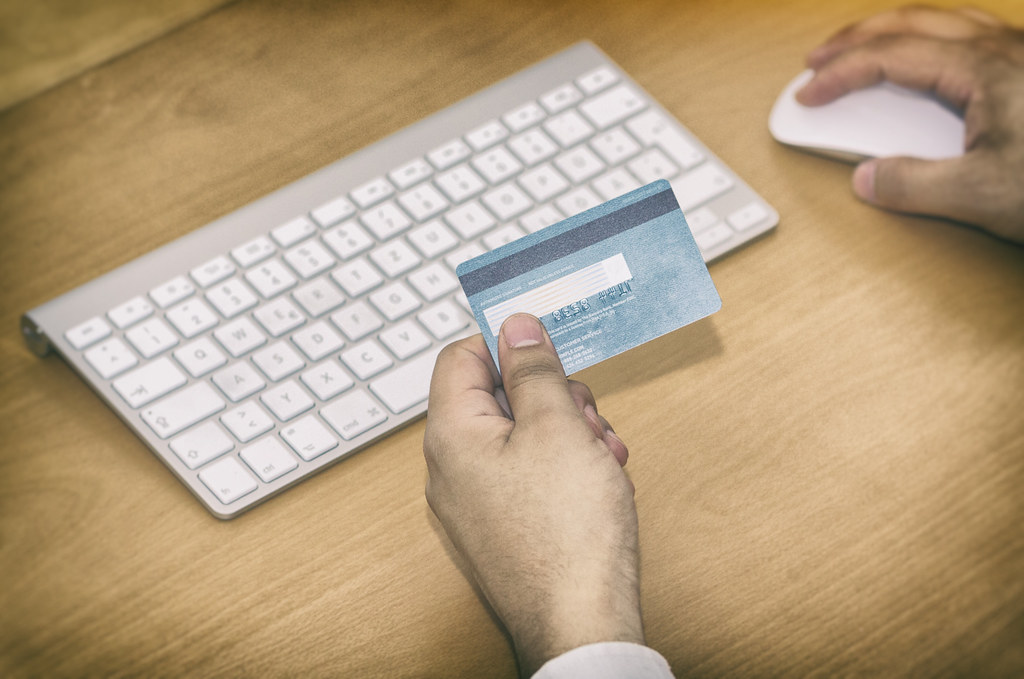10 Safe Browsing Tips for a Secure Online Experience
In todays age it's crucial to prioritize a safe online experience due to the rise in internet activities. Cyber threats like phishing, malware and identity theft pose risks to data and financial well being. By following browsing practices we can safeguard ourselves and create a more secure online space.
1. Creating Strong Passwords
Crafting passwords is key to enhancing online security.

A robust password should include a mix of uppercase and lowercase letters, numbers and special characters. It's important to steer of using easily guessable details such as birthdays or common words.
Consider using a password manager tool to generate and securely store passwords. This not eases the burden of remembering multiple passwords but also ensures high levels of security.
Moreover changing passwords regularly. Avoiding their reuse across different accounts further bolsters security measures. The National Institute of Standards and Technology (NIST) offers guidelines on crafting and managing strong passwords (NIST.gov).
2. Implement Two Factor Authentication (2FA)
Two Factor Authentication (2FA) provides a layer of protection by necessitating two forms of verification for access authorization. Typically this involves something you know (like a password) along with something you have (such, as a code sent to your phone or email).
Enabling 2FA on your accounts significantly reduces the risk of access even if your password is compromised.
Many popular online platforms such as Google and Facebook provide the option for users to set up two factor authentication (2FA).
- Activate 2FA on your email account.
- Turn on 2FA for your social media profiles.
- Utilize authentication apps like Google Authenticator or Authy.
3. Exercise caution when using public Wi Fi networks
Public Wi Fi networks often lack security measures making them attractive targets for cybercriminals. Avoid accessing information like banking details or personal accounts while connected to public Wi Fi.
If you need to use Wi Fi consider using a Virtual Private Network (VPN) to encrypt your internet connection. A VPN hides your IP address. Ensures secure data transmission providing an extra layer of security.
For guidance on safe practices for using public Wi Fi consult resources from the Federal Trade Commission (FTC.gov).
4. Ensure that you regularly update your software
Regularly updating your software is crucial for maintaining security. Software updates frequently include fixes for vulnerabilities that could be exploited by cybercriminals. Keep your operating system, browsers and applications up, to date.
Enable updates whenever feasible to simplify this process. Additionally think about utilizing trusted antivirus software that offers real time protection and regular updates.
5. For in depth information on practicing safe browsing habits
Check out the resources available from the Cybersecurity & Infrastructure Security Agency (CISA.gov).
6. Be Careful with Personal Information
Avoid sharing much personal information on social media platforms and other online forums. Cybercriminals could exploit this data to carry out targeted attacks or steal your identity. Make sure to review and adjust your privacy settings on social media accounts to manage who can see your posts and personal information. It's important to update these settings since platforms often modify their privacy policies.
7. Stay Informed About Online Risks
Keep yourself updated on the online threats and cybersecurity best practices by following reliable sources such, as cybersecurity blogs, news sites and government portals like the U.S. Department of Homeland Security (DHS.gov). Some free online courses can also offer insights into maintaining online safety.
8. Back Up Your Data
Regularly backing up important data ensures that you have access to it even if your device is compromised by malware or other cyber threats.
Backup solutions include cloud storage services like Google Drive or physical devices such as external hard drives.
Ensure that backups are performed consistently and verify their integrity periodically.
To conclude this article, protecting oneself online requires vigilance and adherence to best practices outlined above.
By incorporating these tips into daily browsing habits, users can significantly reduce their risk of falling victim to cyber threats.
Every action taken towards safe browsing contributes to a more secure digital environment. Cybersecurity is an ongoing process necessitating continual awareness and proactive measures.